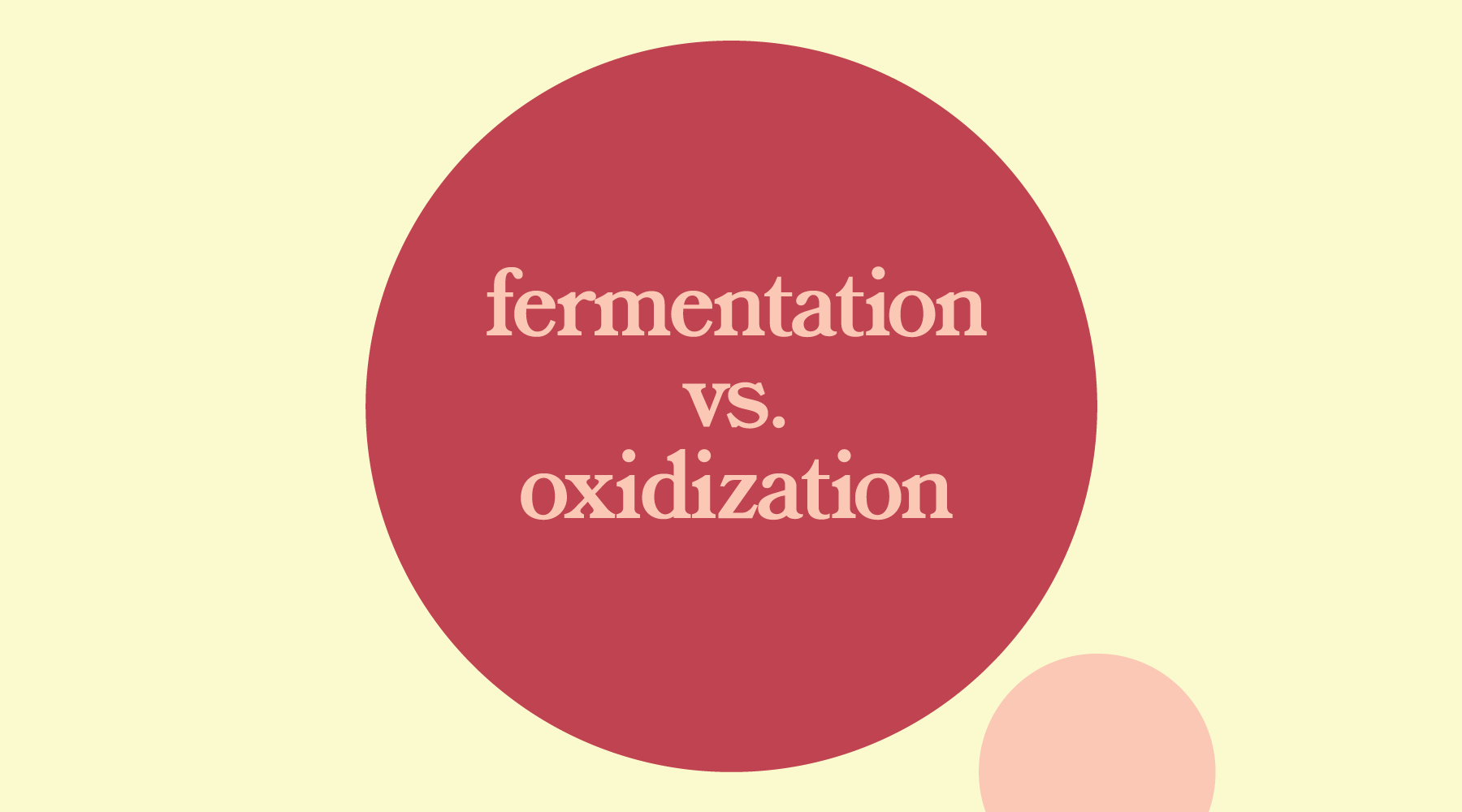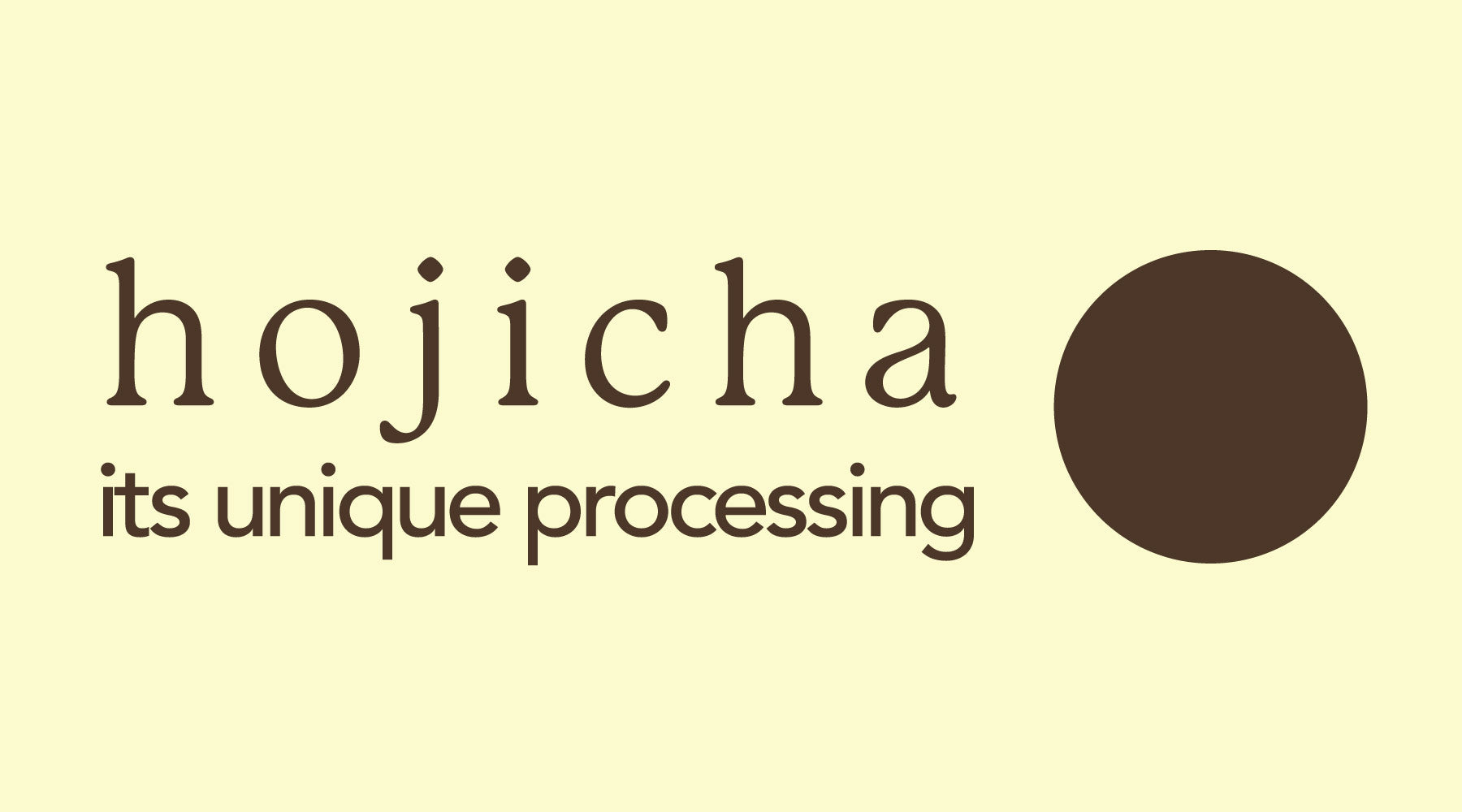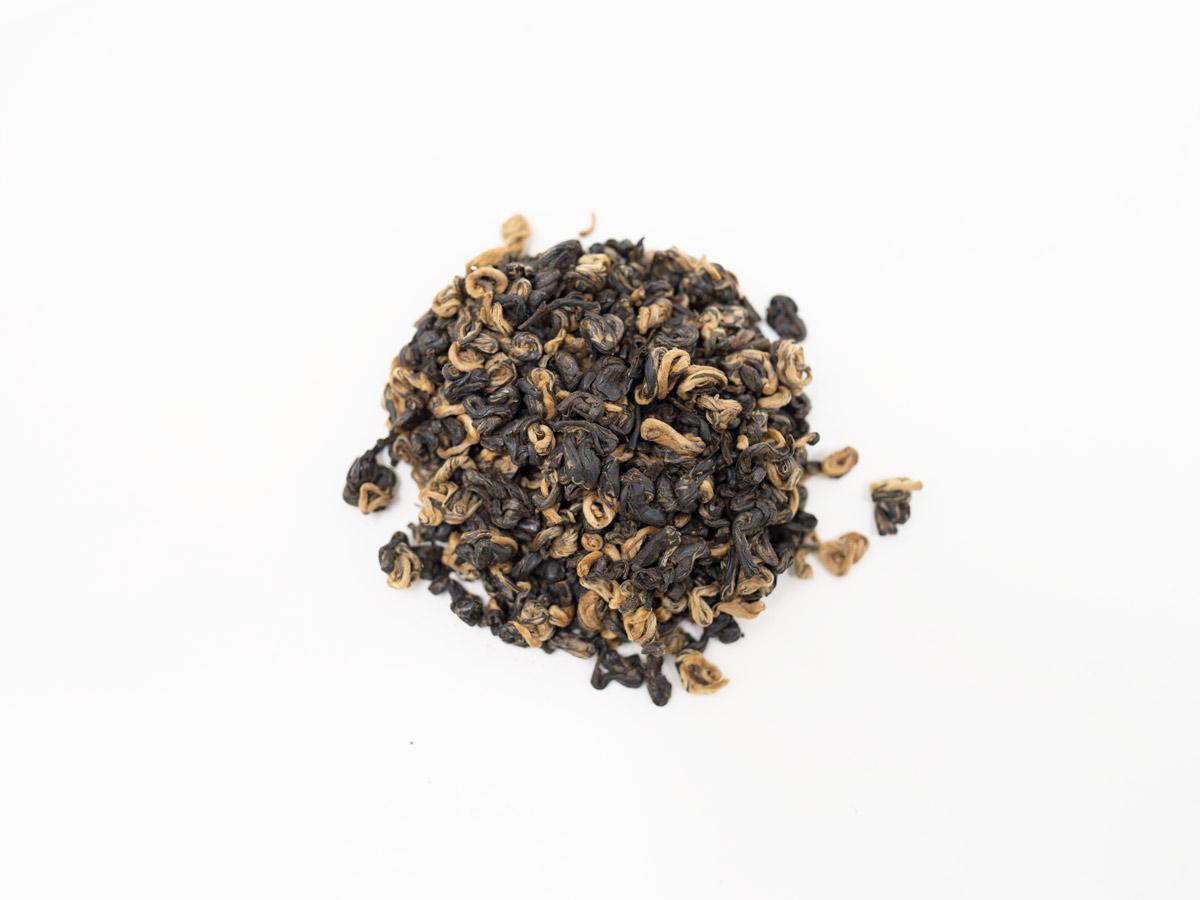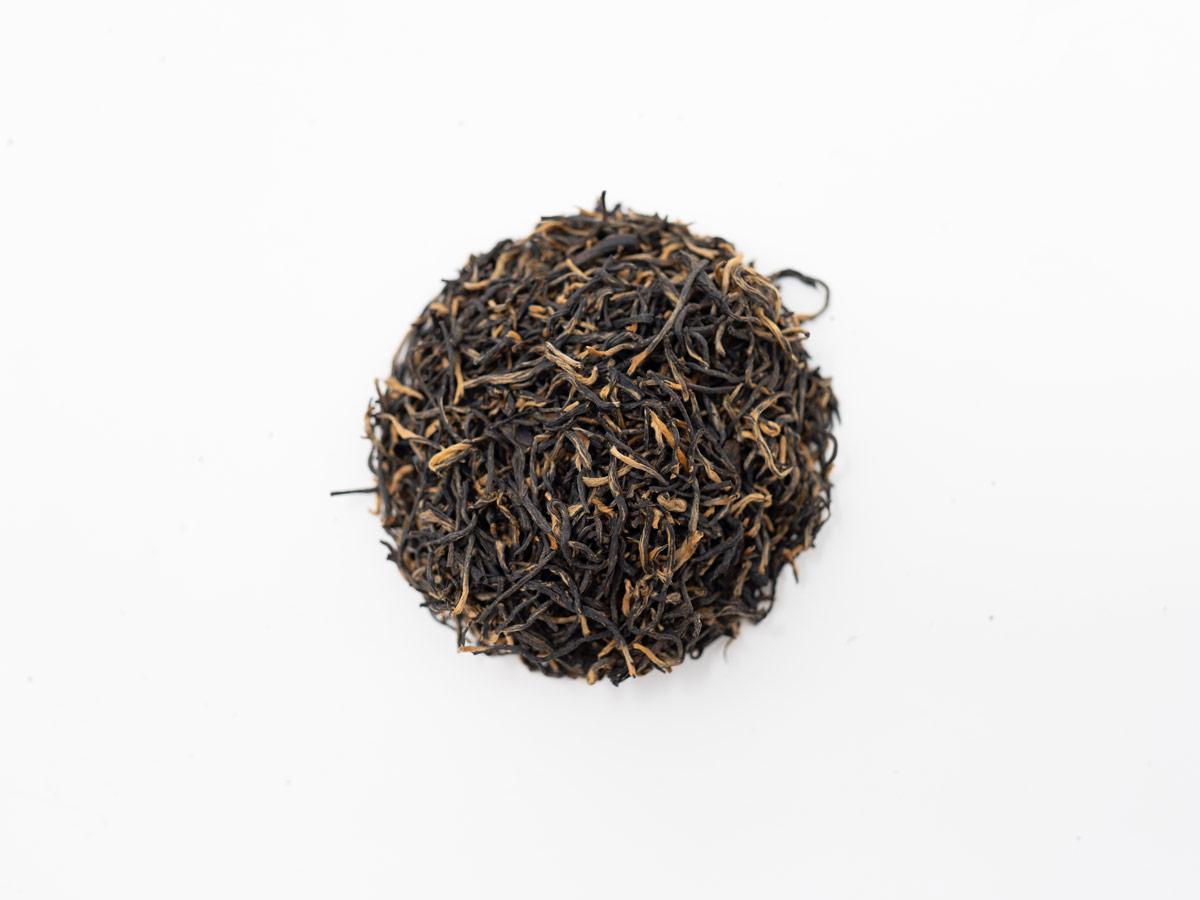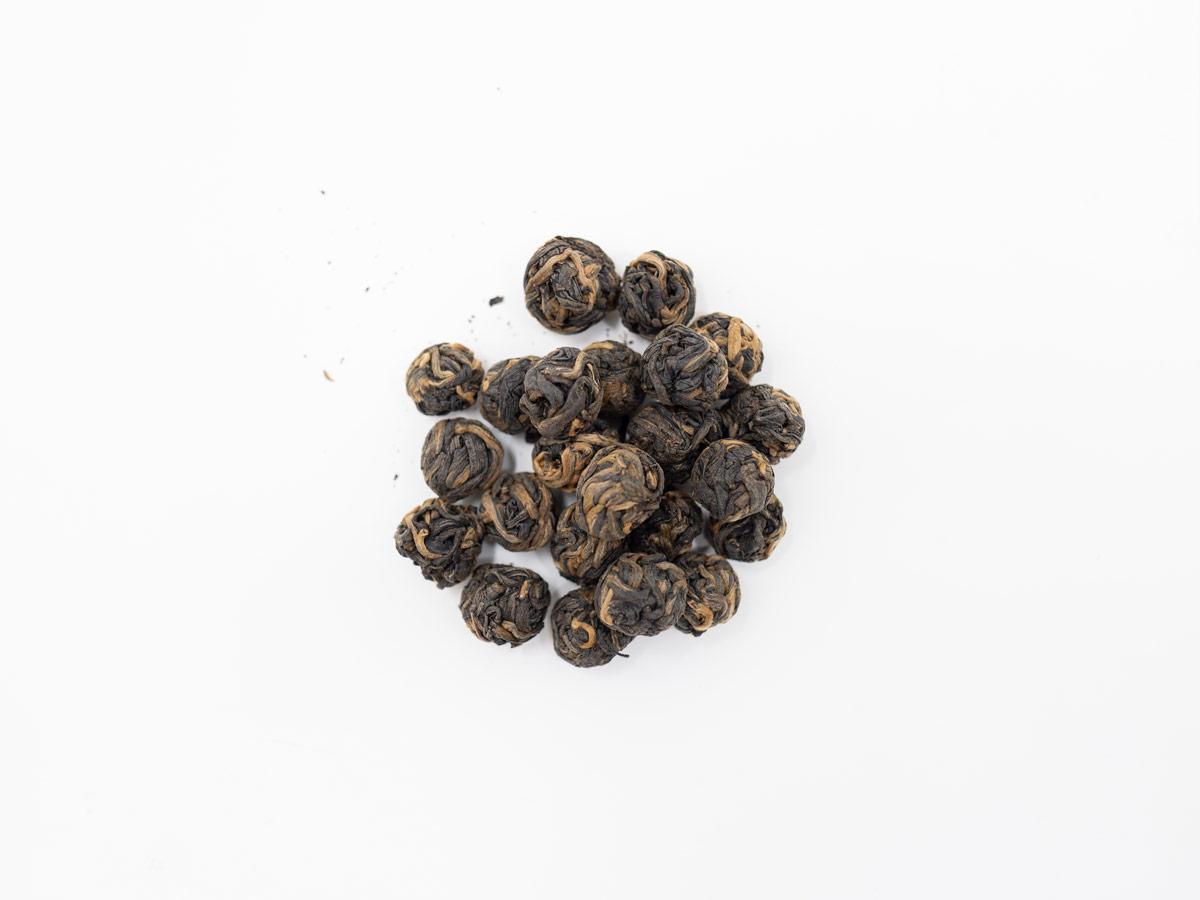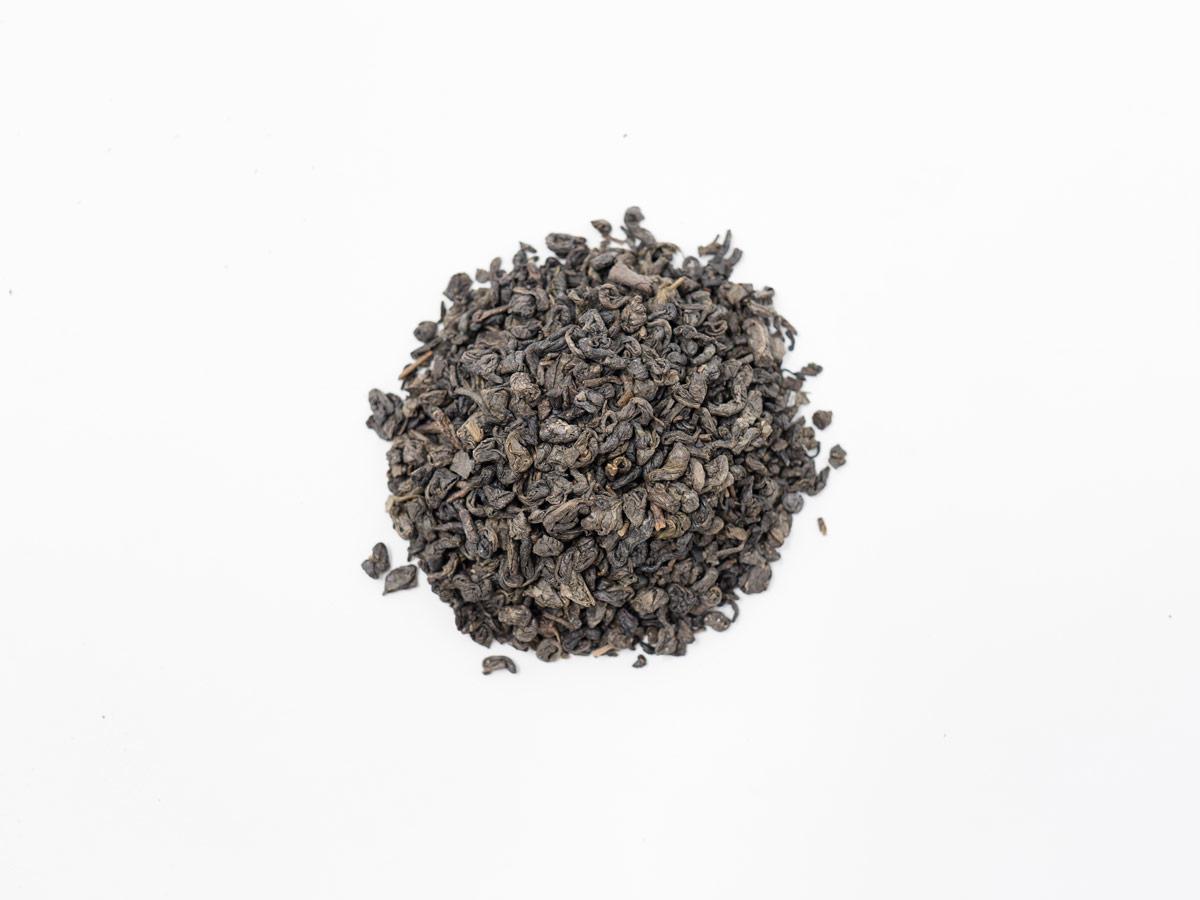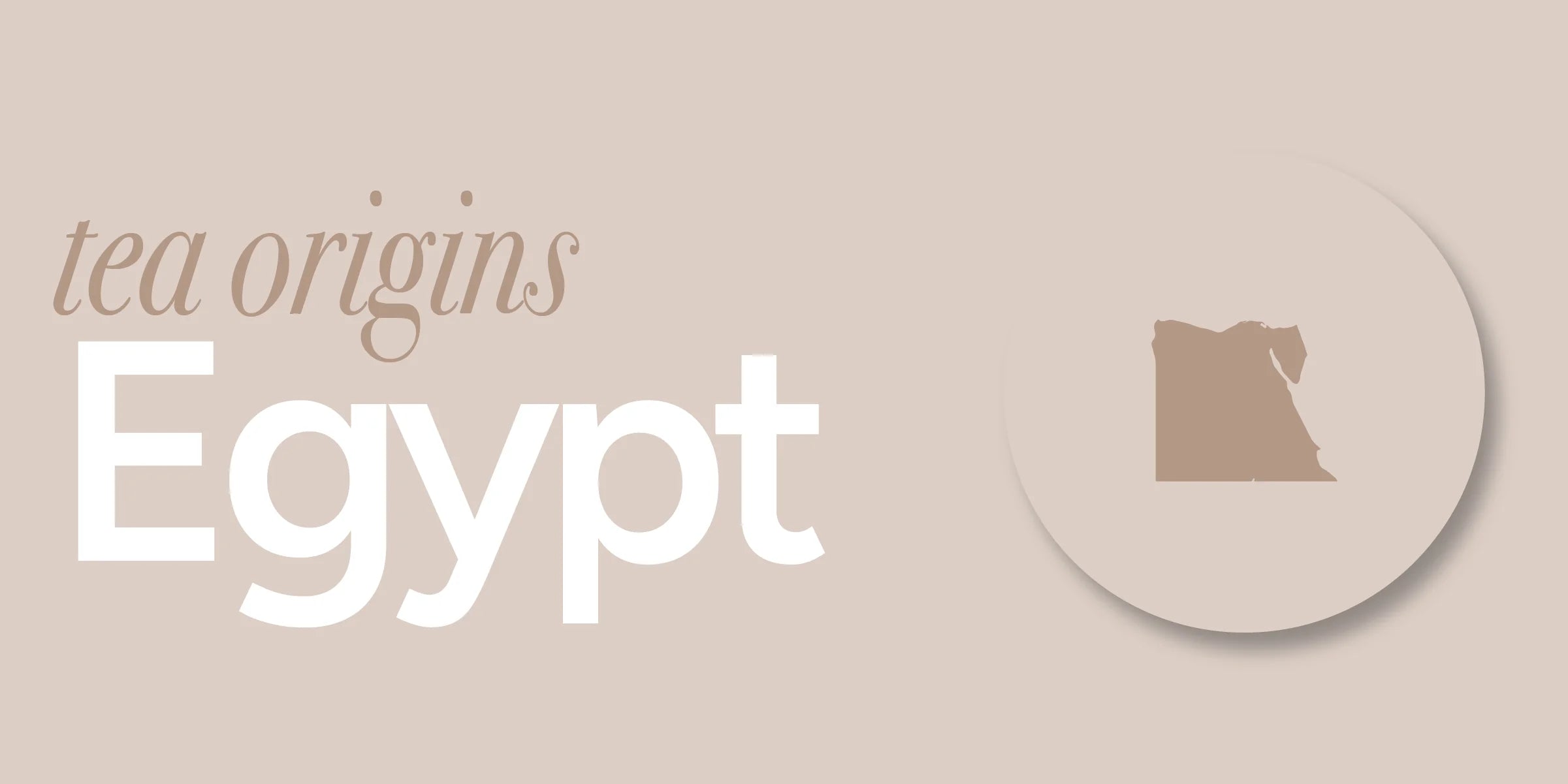If you know our sister company, Sagebrush Coffee, you know we believe the best way to honor a craft is to highlight the people behind it. We've built direct relationships with coffee producers across the globe, paying fair prices, visiting farms, and telling their stories. That same commitment now extends to tea. Pure Teas are our invitation to know the growers, understand the process, and taste the difference that transparency and intention make in every cup.
What Is a Pure Tea?
Most tea on the market is commodity tea, leaves from multiple farms blended together to achieve a consistent, predictable flavor year after year. There's nothing wrong with that approach, but it obscures what makes tea fascinating: the way a single hillside, a particular harvest window, or one producer's technique can create something entirely unique.
A pure tea is unblended. It comes from a specific place, often a single garden or estate, and it reflects the conditions of that place in that season. The same tea bush grown at different elevations will taste different. The same leaves processed by different hands will taste different. Pure teas don't hide these variations; they celebrate them.
Terroir and Craft
Wine lovers talk about terroir, the way soil, climate, and geography express themselves in a glass. Tea has terroir too. High-altitude gardens produce leaves with more concentrated flavors. Mineral-rich volcanic soil imparts distinctive character. Morning mists and afternoon sun create conditions that no other location can replicate.
But terroir is only half the story. Processing transforms a fresh leaf into the tea in your cup, and the decisions a producer makes during those hours or days determine everything. When to pluck. How long to wither. Whether to roll, twist, or press the leaves. How much oxidation to allow before applying heat. These aren't factory settings; they're judgment calls refined over generations, and the best producers adjust their approach based on what each harvest demands.
The Difference in the Cup
When you drink a pure tea, you're tasting the full expression of one place and one maker's skill. The flavors are more complex, more layered, more interesting. You might notice floral notes that fade into stone fruit, or a sweetness that lingers long after you swallow. You might find that the third infusion reveals something the first one hid.
These teas reward attention. They change as they cool. They evolve across multiple steepings. They invite you to slow down and notice. That's not to say they're difficult or demanding; many are approachable and easy to love from the first sip. But they offer more to those who want to find it.
Why It Matters
Behind every pure tea is a producer, often a family, who has chosen quality over quantity. They harvest by hand during narrow windows, sometimes just a few days. They process in small batches, watching and adjusting rather than running automated lines. They accept lower yields in exchange for better leaves. When you choose a pure tea, you're supporting that work and those choices.
You're also getting something that can't be replicated. Commodity tea aims for sameness; pure tea captures a moment. The second flush from a Darjeeling garden this year won't taste exactly like last year's, because the monsoon arrived differently, or the nights were cooler, or the tea maker tried something new. That's not a flaw. That's the point.
From Our Cup to Yours
We're proud to bring the same passion, transparency, and producer-focused approach that defines Sagebrush Coffee into the world of tea. Every pure tea we offer represents a connection to the people and places that made it possible. We hope you'll taste that difference, and that it changes what you expect from a cup of tea.



